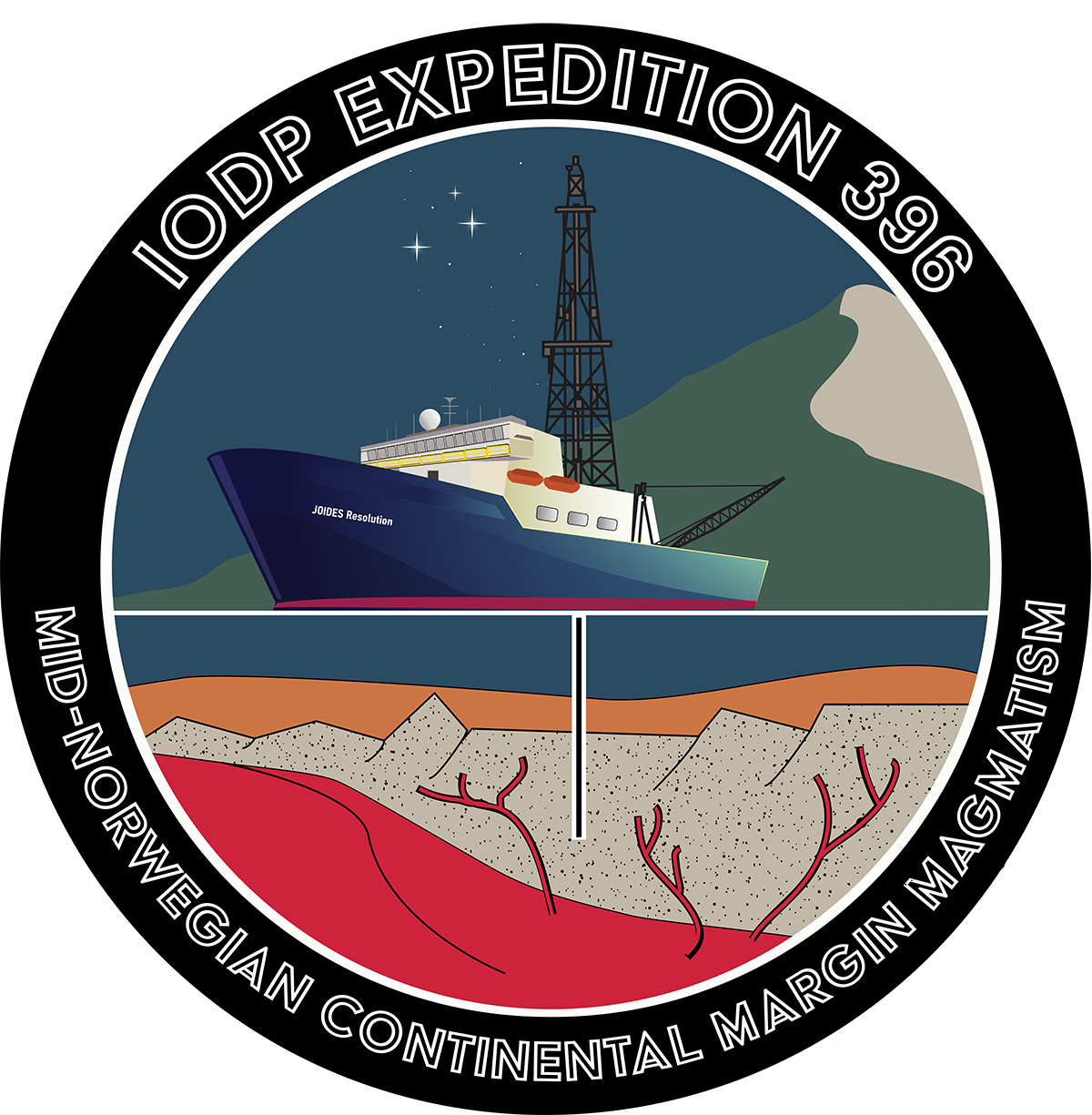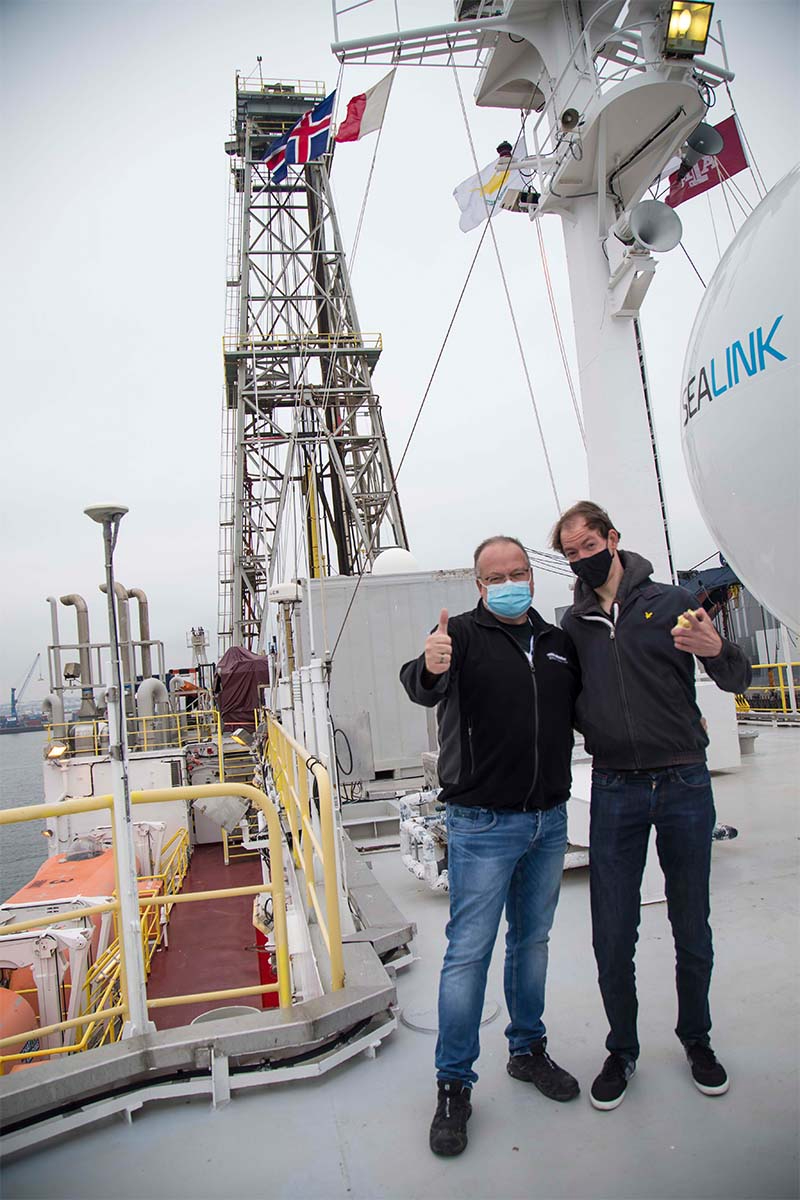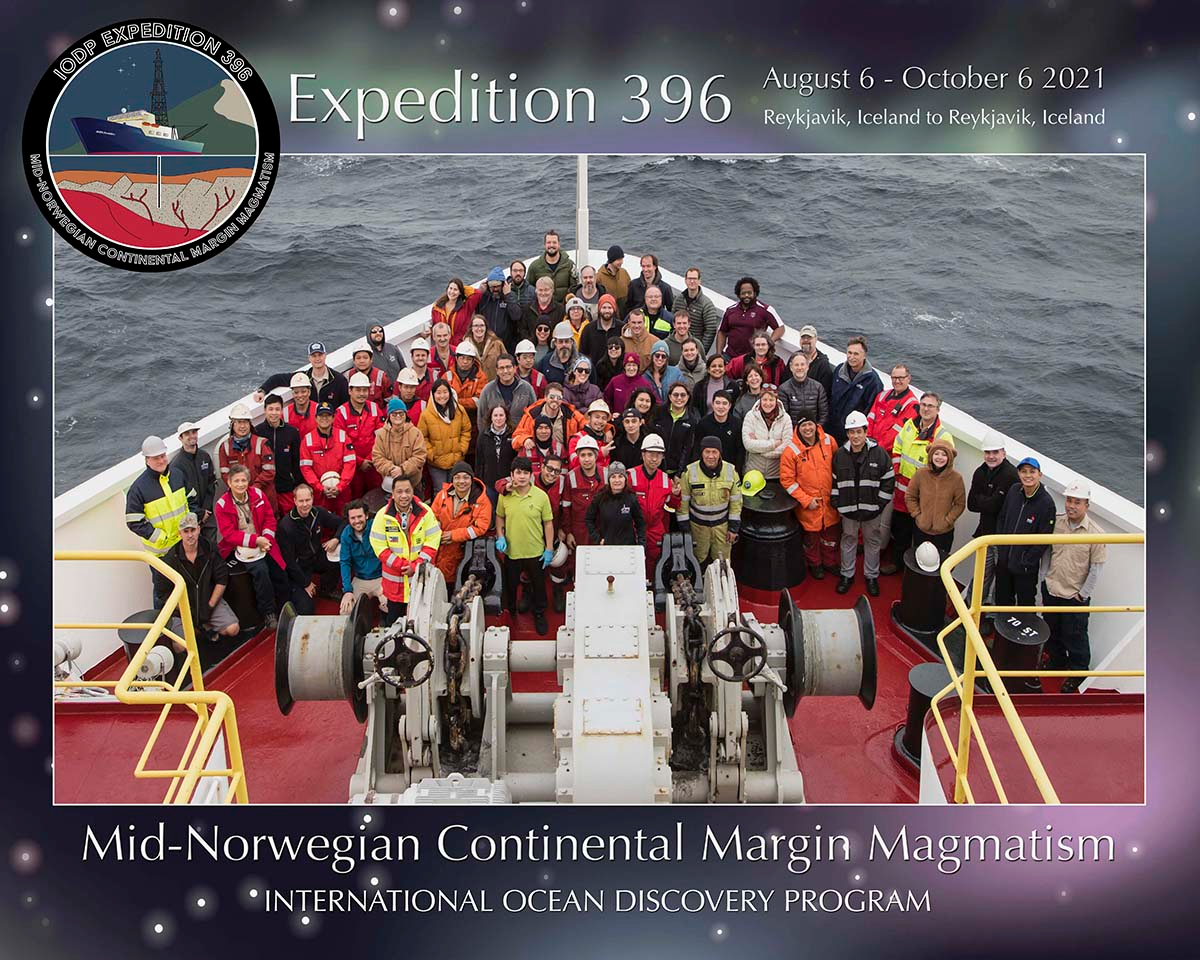The continental breakup, its volcanic dynamics, CO2 emissions, and formation of the proto-North Atlantic, has been implicated in mechanisms underlying the warmest climatic phase of the past ~85 million years, known as the Paleocene-Eocene Thermal Maximum (PETM), some 56 million years ago. Earlier International Ocean Discovery Program (IODP) expeditions and other efforts showed early Eocene global climates to be very warm indeed, allowing Palm trees, and even Baobab trees to occur throughout polar regions, and no land ice, or even sea ice of any significance. IODP Expedition 396 will revisit the mid-Norwegian margin 36 years after Ocean Drilling Program Leg 104. The scientific program will allow us to identify the relative importance of different tectonomagmatic, and volcanic processes. Furthermore, we will test the predictions of volcanic seismic facies models and elucidate the role of this breakup volcanism in the Eocene rapid global warming and perturbations of the global Carbon cycle during the PETM.
This theme, and its research is also central to the NIOZ science- and strategic plan and NIOZ director Henk Brinkhuis was fortunate enough to be invited to join the shipboard party with his expertise: marine palynology. The dinoflagellates, organic walled cysts of a group of mainly marine algae, are of key-importance in dating, and understanding the PETM.
Secondary objectives relate to the onset of the meridional overturning circulation in the North Atlantic Gateway and the potential to use the breakup basalt province to store CO2 on industrial scales. To this end, Expedition 396 will attempt to drill nine boreholes on the Vøring and Møre margins. They will target the breakup volcanic successions as well as the overlying postrift sediments and the underlying synrift sediments. In conjunction with the wealth of reflection seismic data collected by the hydrocarbon industry during the past 40 years, the new borehole information will provide an unprecedented picture of the formation of a large igneous province during the opening of an ocean basin.
30 September 2021
International Ocean Discovery Program Expedition 396 - Mid-Norwegian Continental Margin Magmatism (Just after half-way the Expedition) | Henk Brinkhuis – shipboard palynologist
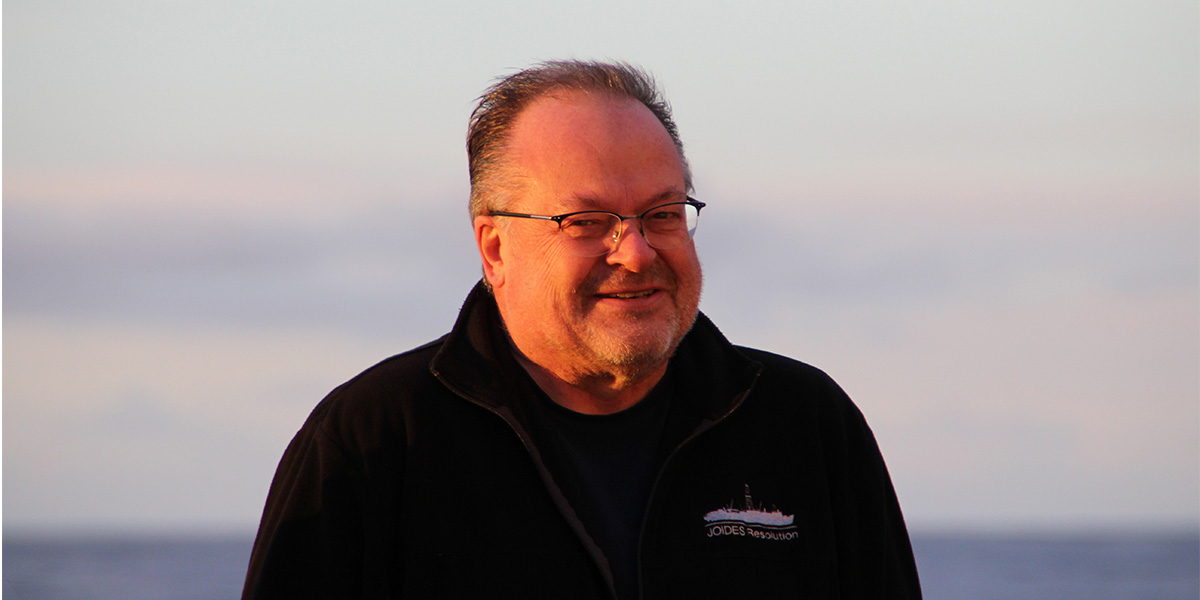
Rewriting the history of the opening of the North Atlantic Ocean
IODP Expedition 3961 is by now well half-way – and is already a great success. Brilliant core recovery of expanded, and well preserved PETM and overlying Lower Eocene and younger sections will rewrite the history of the region, and the history of the opening of the North Atlantic Ocean. Indeed, first analyses are breathtaking. The expanded PETM sections will allow highly detailed records of the ancient warm climates and conditions.
Freshwater fern Azolla covered 30 Million km2 of Nordic oceans
Further, the overlying Lower Eocene brings exciting information as well. In this case in the shape of the occurrence of massive amounts of the freshwater fern Azolla by the end of the Early Eocene. This confirms earlier findings of this plant covering more than 30 Million km2 of Nordic oceans and seas at this time, and allows further study into this curious phase. For example, the cores allow high resolution (1 sample/10year) studies of that interval, and reconstruction of temperature and perturbations of the Global Carbon cycle.
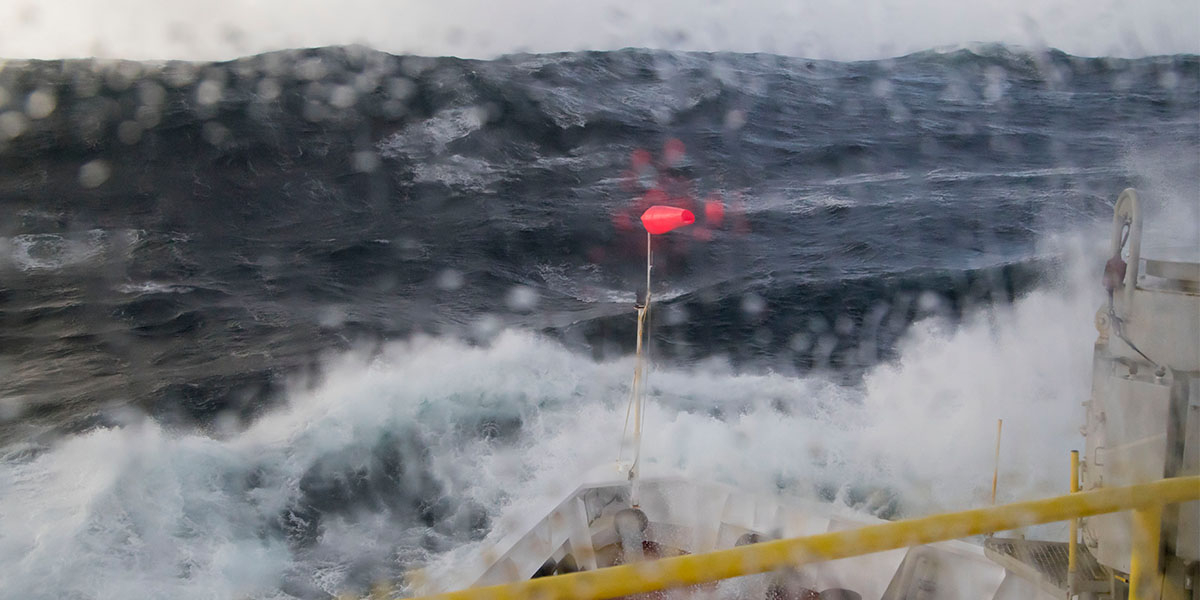
Discombobulation caused by rolling of the vessel
Meanwhile, besides sediments, also underlying igneous rocks were successfully recovered, allowing elucidation of the contemporary tectonomagmatic and volcanic processes.
In total we have actually already passed the aim to drill nine boreholes on the Vøring and Møre margin, and all this while also enduring a terrific storm as well. In fact, the weekly Report says: “Science, laboratory, outreach, and catering activities were paused for a few hours on 22 September to pick up and clean the ship’s facilities after some discombobulation caused by rolling of the vessel during the mid-week storm..”.
Hence, adventure continues, for a couple of weeks more - but now with many cool studies to do postcruise!
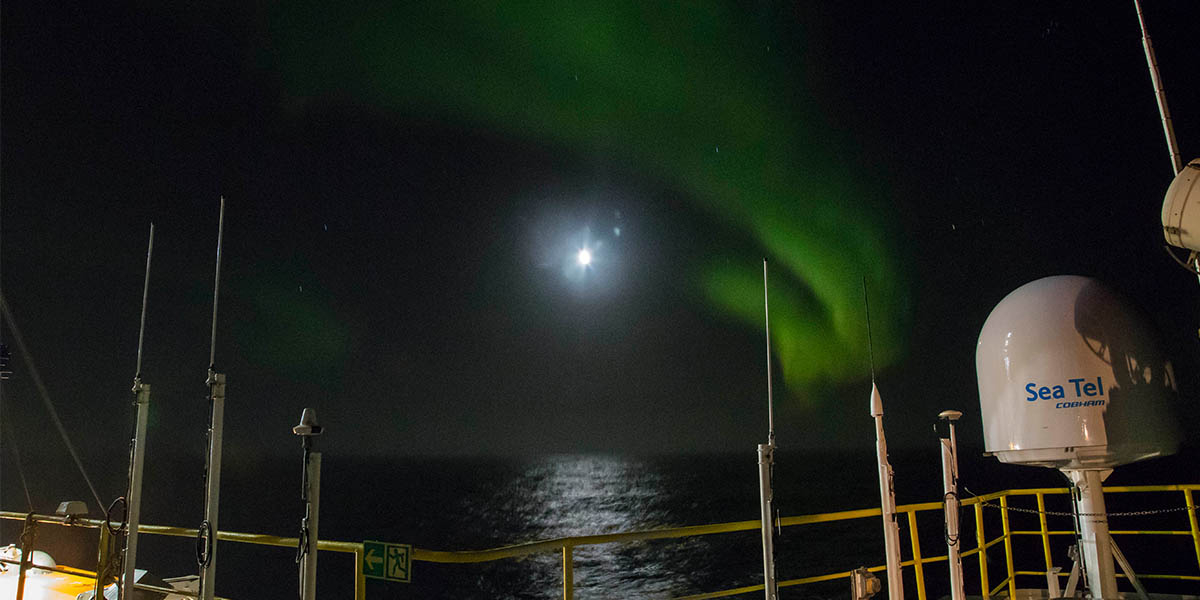
30 August 2021
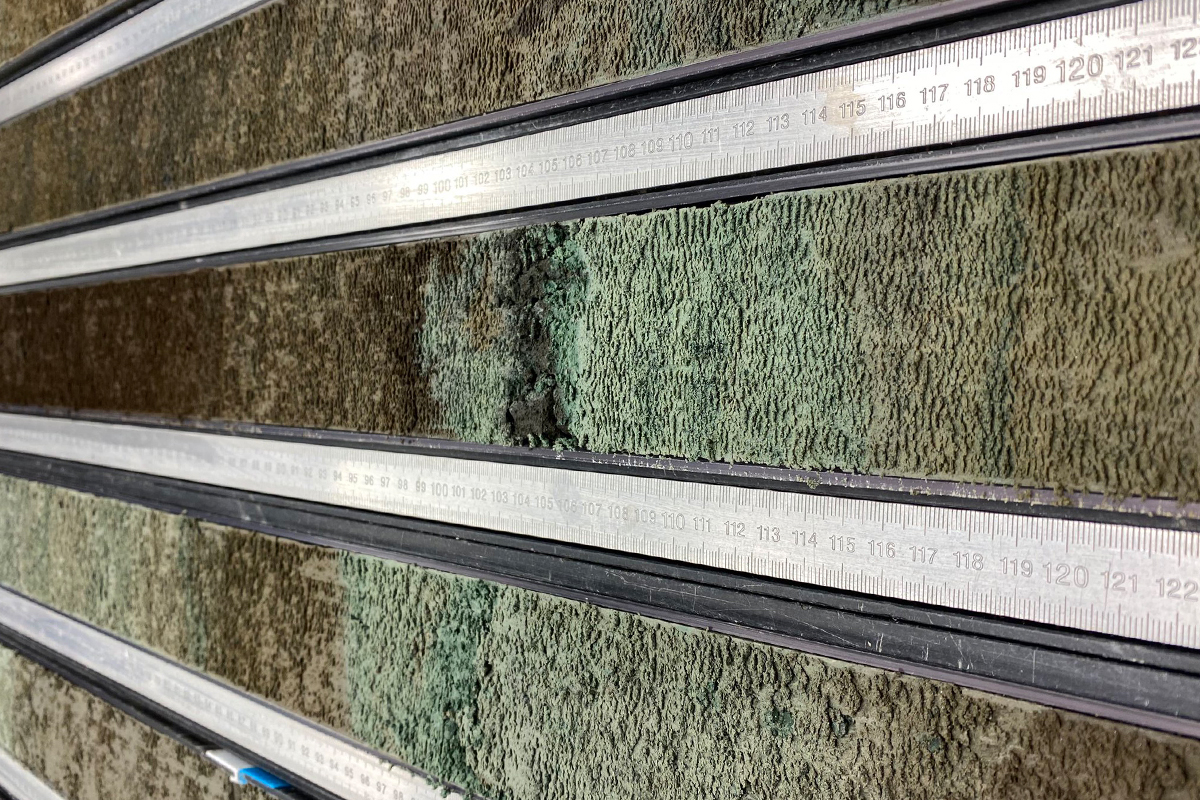
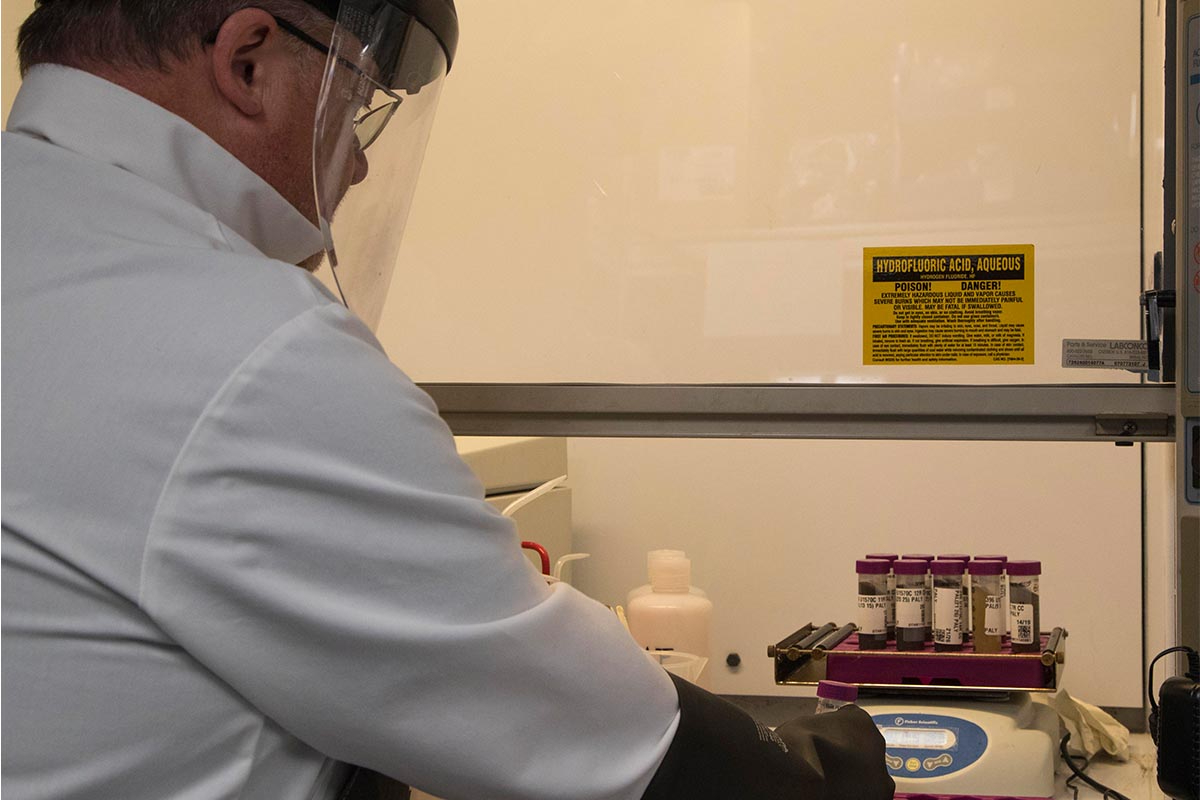
24 August 2021
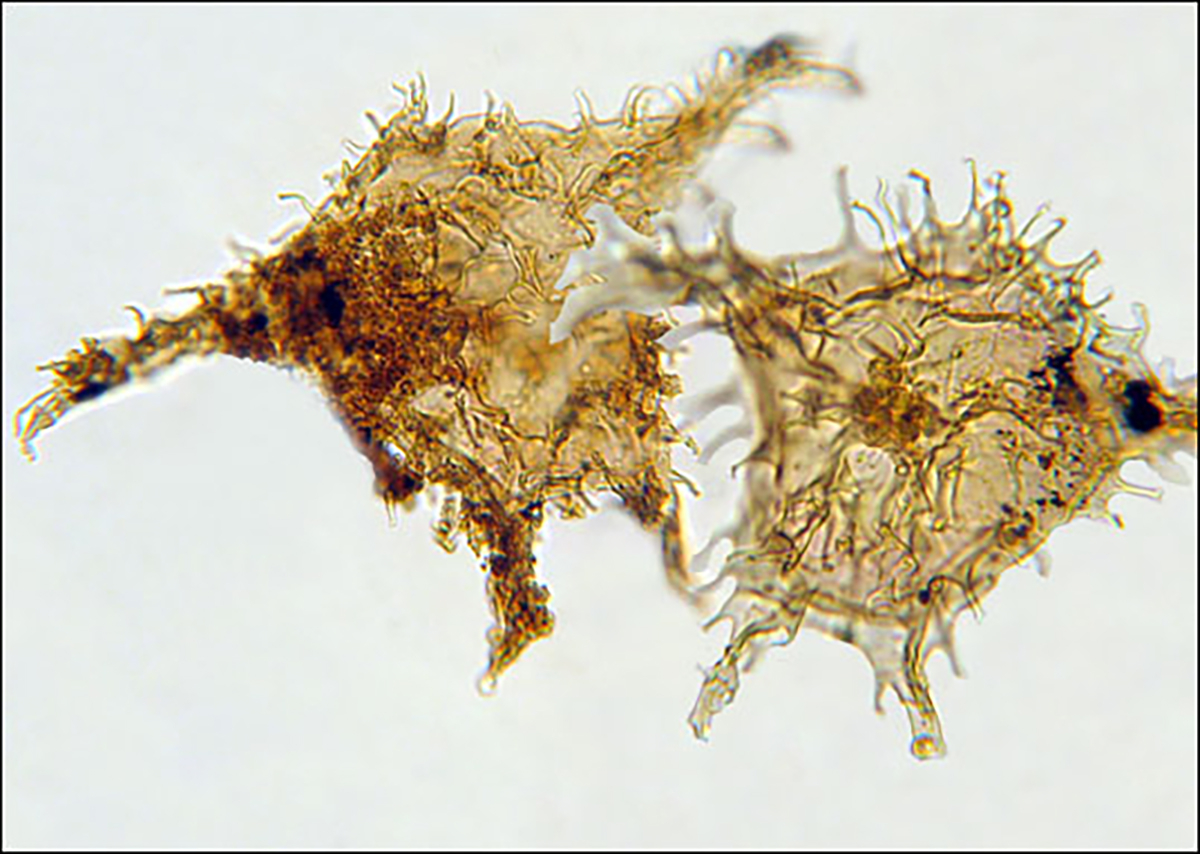
Found them! These microfossils are key to IOPD expedition 396's goals: they help us understand an important global warming phase in the deep geological past and draw connections to climate change today. Read more here
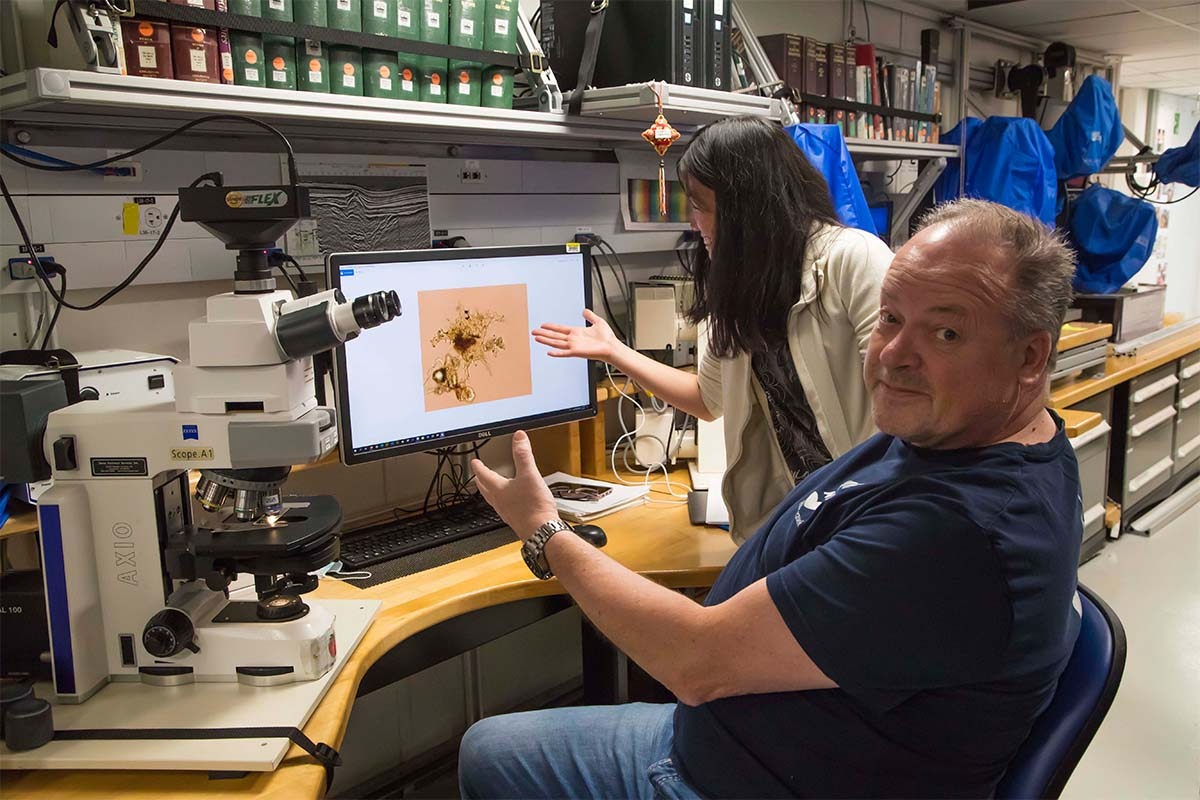
13 August 2021
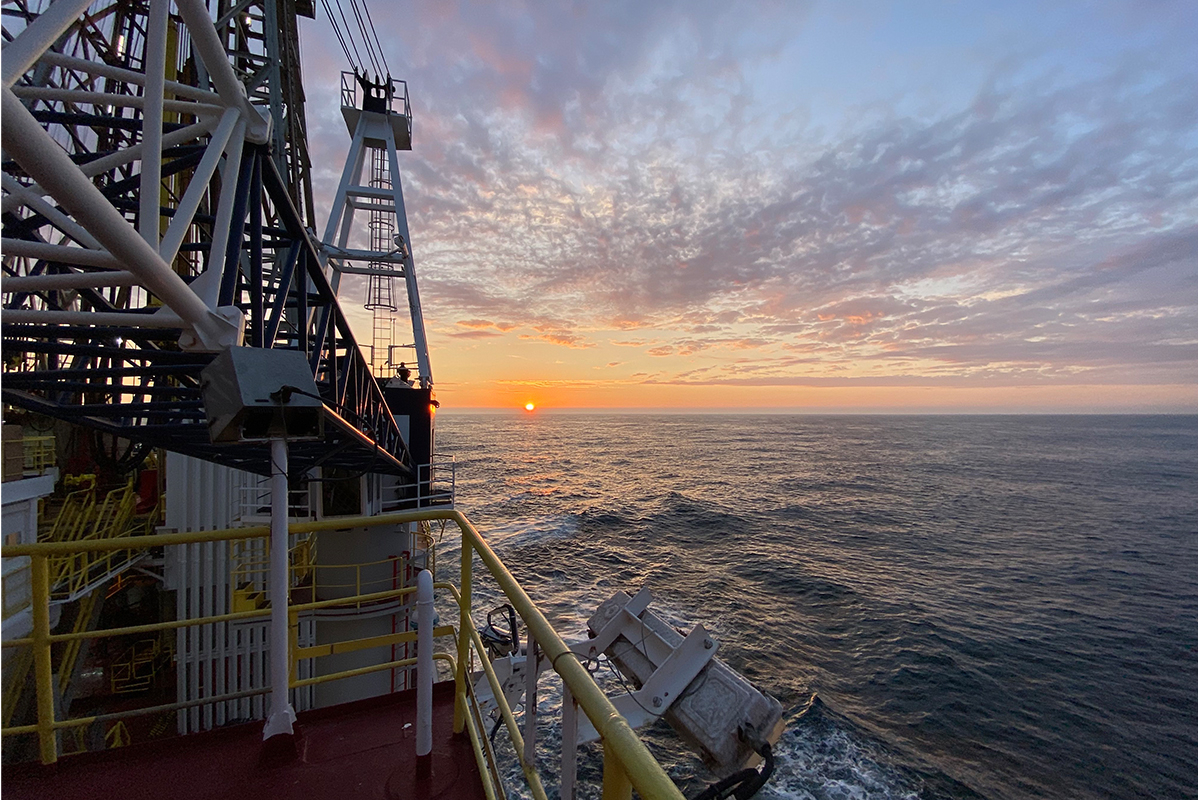
First sundowner on board The Great Ship The JOIDES Resolution for IODP expedition 396. On our choppy way tot the first site. Good to be back...Definitively.
Read more here.
